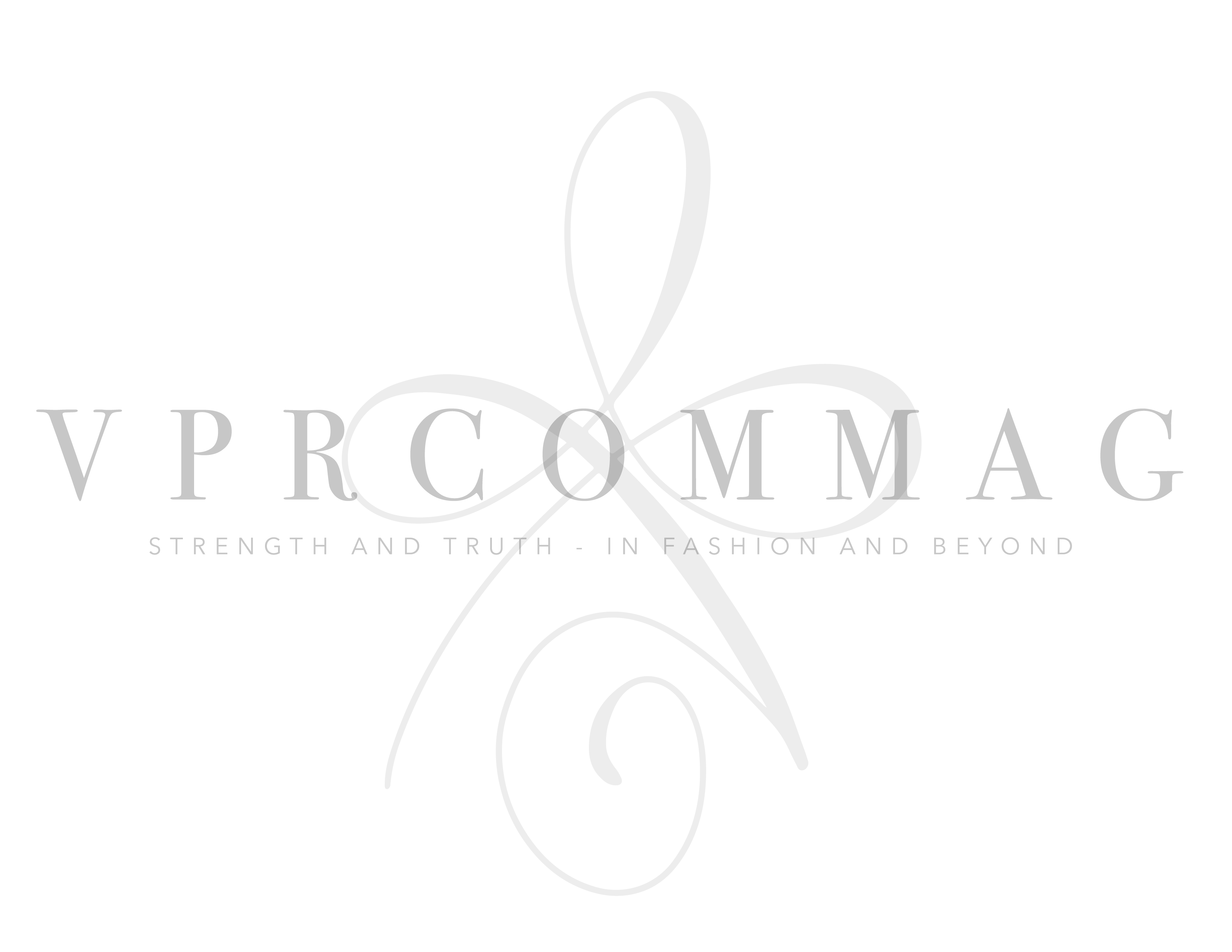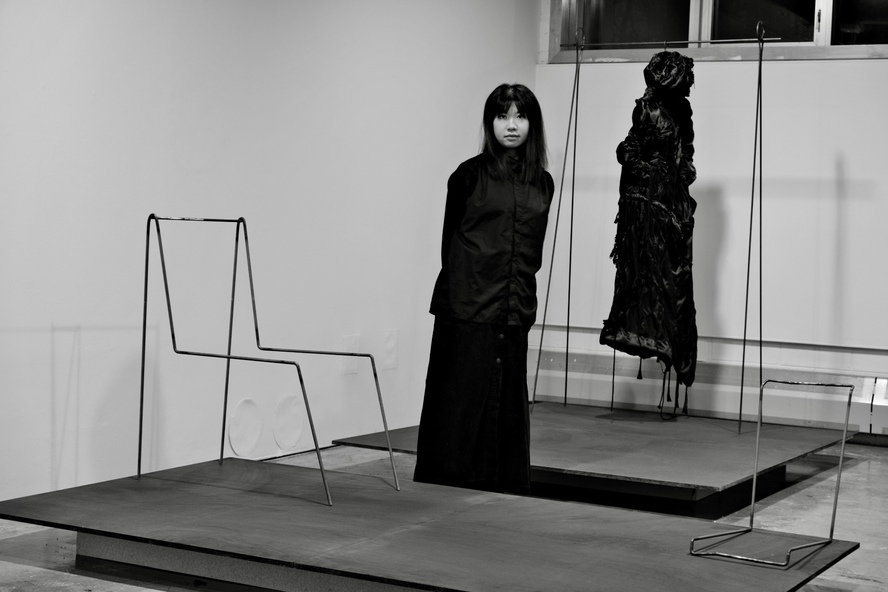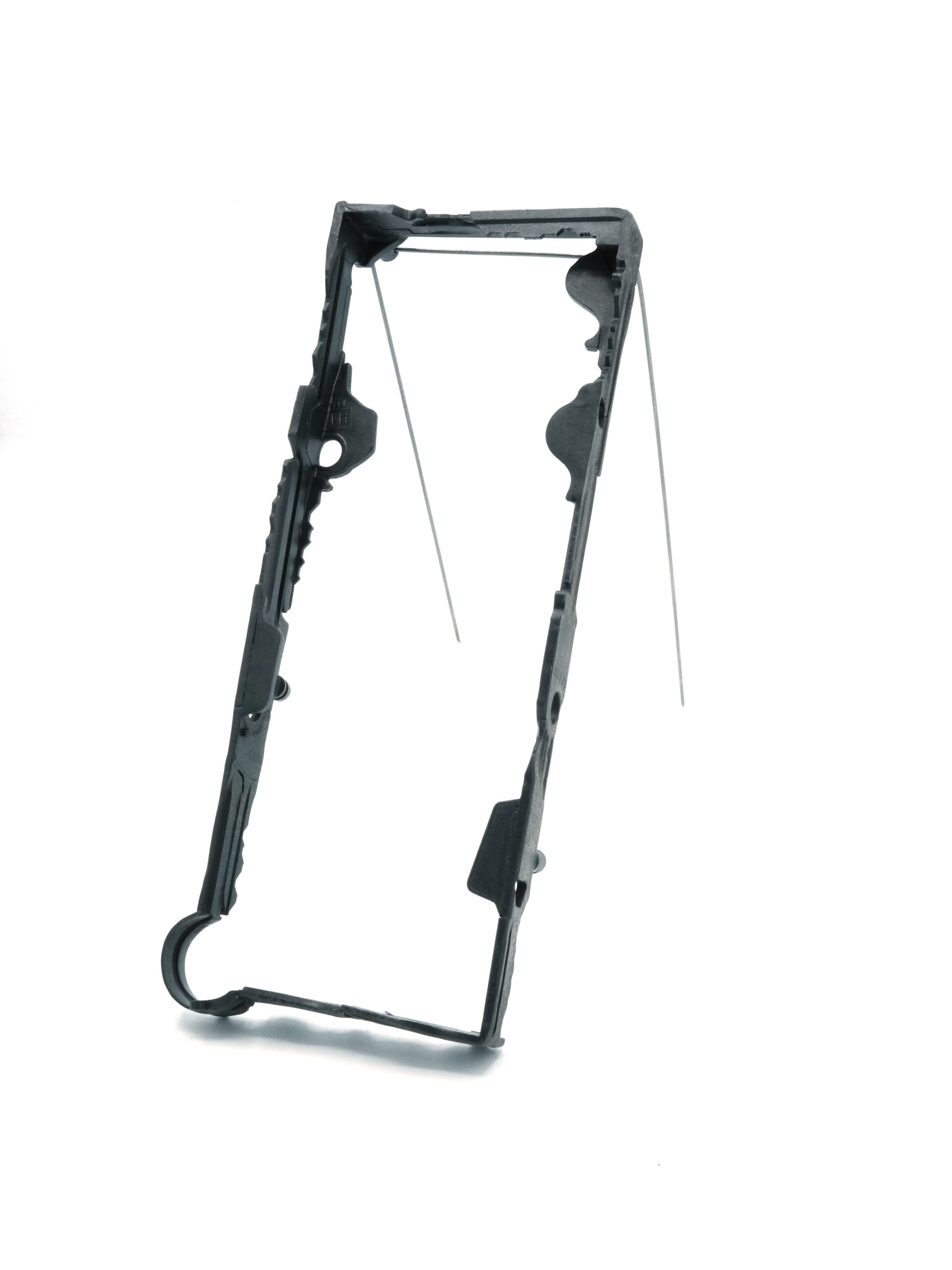Originating from the idyllic landscapes of rural China, artist Hankunyu Wei emerges as a luminary figure in the realm of contemporary art jewelry, her creative odyssey shaped by the serene beauty of her surroundings and the rich tapestry of cultural influences that have imbued her work with a captivating allure.
With a journey that began amidst the tranquil ambiance of her hometown, Hankunyu Wei’s artistic evolution culminated in an immersive experience at the prestigious Cranbrook Academy of Art, where she honed her skills and nurtured her innate talent, transforming her into a visionary maestro of the modern art scene.
Manifesting as a seeker of hidden truths and a weaver of abstract narratives, Hankunyu Wei’s artistic vision transcends the boundaries of the ordinary, transcending conventional perceptions to reveal the profound beauty that lies dormant within the everyday moments of existence. Fuelled by an unquenchable thirst for exploration and discovery, she embarks on a transformative quest to breathe life into the overlooked fragments of reality, casting them in a new light that illuminates their intrinsic depth and complexity.
At the core of her creative process lies a fervent belief in the alchemical power of merging diverse materials, a philosophy that guides her in the relentless pursuit of pushing the boundaries of materiality to their utmost limits. Through a symphony of experimentation and innovation, Hankunyu Wei channels the dynamic interplay of contrasting elements, harnessing their collective energy to infuse her artworks with a pulsating vitality and an inexhaustible wellspring of inspiration.

With a resolute spirit of defiance towards the constraints of conventional artistic expression, Hankunyu Wei forges a distinctive design vernacular steeped in unyielding curiosity and an unwavering quest for authenticity in her craft. Each creation becomes a vessel for unspoken desires and untamed fantasies, transmuted into tangible forms that resonate with a profound significance, echoing the essence of her boundless creativity and indomitable spirit.
Shiggaon In a world where art serves as a gateway to the soul, Hankunyu Wei’s works stand as a testament to the transformative power of unbridled imagination and the enduring allure of authentic self-expression, inviting audiences to immerse themselves in a realm of artistic wonder and limitless exploration. Discover the exclusive interview with Hankunyu ”Vera” Wei:
buy priligy in australia What pivotal moments during your academic journey shaped your artistic identity and approach to metalsmithing and installation art?
My pivotal moment occurred during my first field trip to Germany while I was in Cranbrook Academy of Art. The experiences and activities organized by Professor Iris Eichenberg opened the doors to contemporary jewelry for me. Ideas that were once confusing and vague in my mind gradually became clear amidst the chaos, eventually leading me to find my place in the realm of art and creation. Slowly, I began to understand how to use contemporary jewelry as a means to express my emotions and articulate my perspectives.
How do you nurture and channel your curiosity into creativity, especially when exploring the fields of metalsmithing + contemporary jewelry?
My curiosity stems from continuous exploration and experimentation with materials. As someone deeply interested in materials, I am passionate about exploring the interactions, arrangements, and combinations between different materials and metals. I’ve found that experimentation with materials serves as an endless source of curiosity for me. By constantly trying out new materials and observing their performances in artworks, I not only discover new possibilities but also spark more ideas and creativity. For instance, seeing how soft fabric deforms and twists under the support of metal, or how different materials exhibit their own characteristics in various states, extends and supplements my imagination of concepts and expressions in my work. This ongoing process of experimentation not only enriches my creative experience but also constantly challenges my imagination, thereby sustaining my motivation and passion for creation.

What is your process for identifying and transforming dark aspects of everyday life into abstract artistic representations?
I’m often intrigued by alternative manifestations of commonplace objects, such as carpets covered in thorns or chairs that cannot be sat upon. When these conventional attributes are stripped away, it creates a pathway to confront the subtle yet profound meanings often overlooked. The dark side represents the shadows of life and objects, a reflection that exists without a tangible form. This existence may not easily be noticed but constantly surrounds us. When I encounter an object, I’m invariably drawn to its other side, compelled to explore. For instance, if a chair isn’t meant for sitting, then what purpose does it serve? If a key lacks a lock, what is the significance of its existence? If a room lacks a door, what lies within? These contemplations drive me to seek some form of answer through my creative process.
Can you share examples of how combining different materials sparked new ideas in your artwork, and how crucial is this interaction between materials?
Based on my previous work “Expulse,” I choose metal and fabric as materials and try to reproduce and process the state of hidden feelings in my life marked by the collision of hard and soft characteristics between materials. The dense and resistant malleability of copper, steel, or aluminum frames the fabric. The softness and flexibility of cloth can simulate the concealment and fluidity of feelings, like the reticent characteristics of a veil.
Discuss a project where repeated experimentation was essential in achieving the desired outcome and how this process influences your artistic growth.
My “Fantasy or Conjecture” collection features jewelry crafted using keys as the primary element. During this period, I dedicated nearly a year to continuous exploration. To be honest, prior to this endeavor, I didn’t have a clear idea in mind; it was merely a process of exploration. I began by observing all the collected old keys, studying their connections. I experimented with pressing black paper to capture the protruding shapes of the keys and used light and shadow to showcase the details of the keys and their gradual disappearance. Throughout this process, I realized that light and shadow, as well as contours, could evoke my curiosity about the keys most effectively. I started using metal corrosion marks to simulate the traces left by keys and experimented with cutting to alter the original appearance of the keys. These series of experiments gradually brought me closer to the vague imagination I initially had about this concept, and my ideas and understanding became clearer as a result.
How do you balance abstraction with conveying a coherent message or story to your audience in your art?
In my creative process, narrative serves as the underlying logic, allowing me to convey my thoughts and psychological activities through the storytelling within my artwork. Abstract expression is my chosen artistic language; I strive to avoid literal representation to expand both my own and the audience’s imaginative space. Artistic creation is subjective, and often within the logical narrative, I adhere to my genuine feelings, distorting and reshaping certain elements of the artwork in a manner that is exaggerated or distorted, such as through dramatic exaggeration or reduction, to achieve a sense of heightened reality.
What themes or techniques are you eager to explore further in your metalsmithing and installation art practice?
In the future, I hope to create more narrative-rich jewelry pieces that tell my story and the stories I observe. I aspire for my works to resonate with a broader audience, sparking discussions and deep reflections. I wish for my jewelry to be recognized and understood as a means of conveying messages, particularly in the collision between metal and fabric. I am curious about how to combine the distinct characteristics of these materials to create novel and captivating pieces.
How do you envision your artistic journey evolving in the future, and are there any specific directions or experiments you are excited about pursuing?
Recently, I’ve been experimenting with some traditional Chinese techniques such as embroidery and stone carving. Traditional Chinese embroidery, with its thousand-year-old heritage, boasts remarkable malleability and a unique aesthetic style. Stone carving, a craft I’ve been exposed to since childhood, is another technique I’m exploring. I hope to integrate these traditional techniques into contemporary jewelry-making, uncovering the potential and collisions between technology and materials. I believe that the collision of multiple cultures can bring about many different surprises. My aim is to combine my familiar cultural background with the techniques I’m currently learning, continuing to narrate the emotions and stories I wish to express.
What role does collaboration play in your artistic process, and how has working with others influenced your work?
The field of contemporary jewelry is indeed a niche community, and I believe that mutual support and promotion are crucial within such a group. While competition can serve as a catalyst for improvement, I consider collaboration and mutual assistance to be even more important in the realm of art. Resource sharing is an excellent form of collaboration; for example, I am always willing to share resources and help solve problems in collaborations. I may not excel at leading and directing an entire team, but I am adept at cooperating and assisting. Through collaborations with different individuals, I gain valuable experience and absorb excellent knowledge and opinions.
Critique is a constructive form of collaboration in artistic creation. When artists from diverse backgrounds come together to offer different insights on various works, the exchange of viewpoints and debates can lead to the discovery of previously unnoticed possibilities within one’s own creations.

In your opinion, what is the most rewarding aspect of being a contemporary artist, and what advice would you give to aspiring artists in finding their creative voice and path?
One of the most valuable aspects of being a contemporary jewelry artist is uniqueness and personal expression. In the field of contemporary art, distinctive voices and perspectives are invaluable, as they can be fresh and inspiring for the viewer. Another important aspect is creativity and innovation. By exploring new materials, techniques and concepts, artists are able to constantly challenge conventions and create stunning works. At the same time, continuous self-reflection and growth is vital for artists as it helps them to constantly improve their art and understanding.
For aspiring artists, finding their creative voice and path is an important and challenging process. I would suggest that they first gain a deeper understanding of where their interests and passions lie, as well as the themes and emotions they want to express. Through continuous exploration and practice, they can gradually discover their own unique artistic style and voice. At the same time, it is also very beneficial for them to communicate and interact with other artists and audiences, as this will help them absorb different perspectives and inspirations, thus expanding their horizons and thinking.









